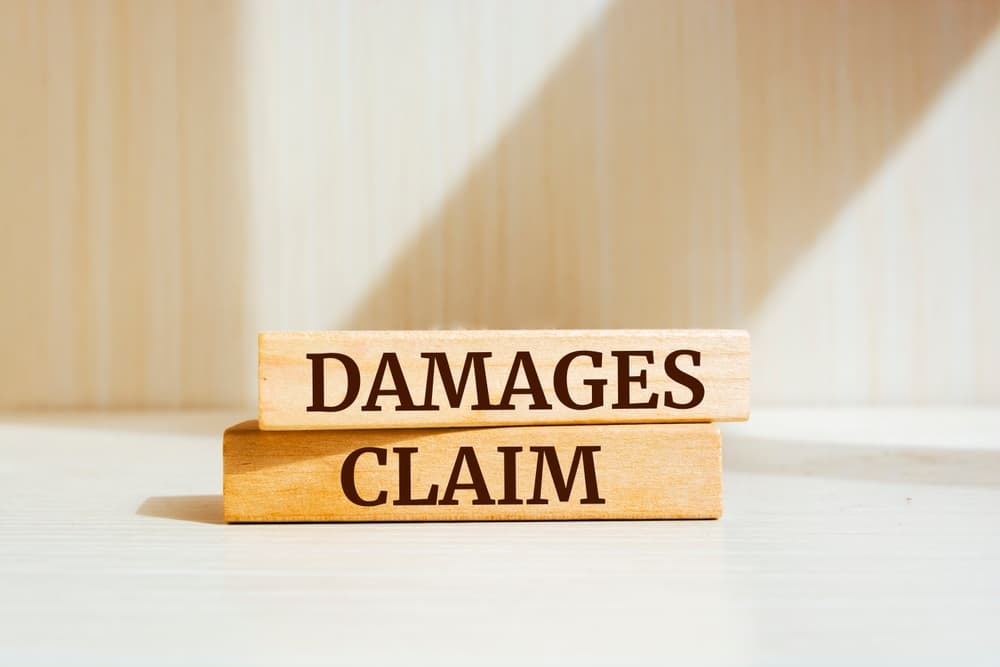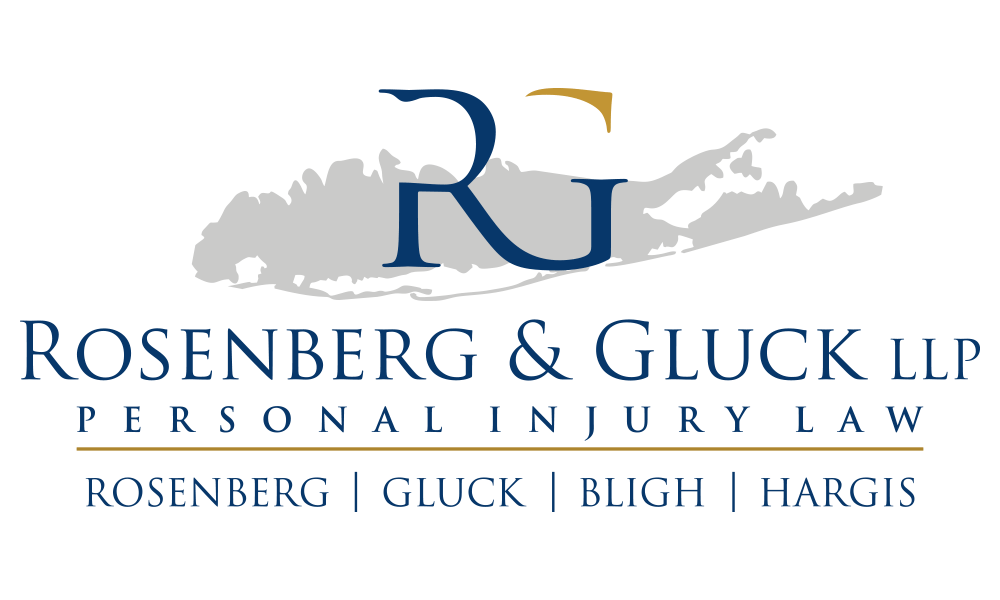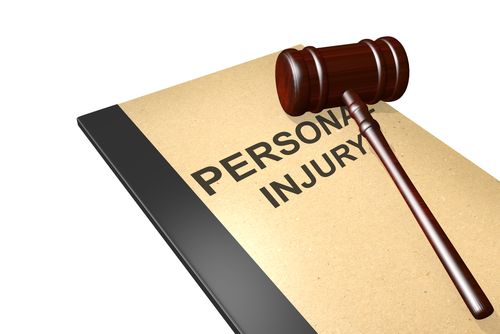You may be entitled to compensation if you’ve suffered a back injury due to someone else’s negligence.
It’s natural to wonder, “How much is a back injury worth in an accident?” However, each case is unique. The true worth of a back injury claim depends on many factors specific to your situation.
This comprehensive guide will go over the factors that influence back injury compensation.
1. Common Types of Back Injuries and Their Influence

Back injuries can range from minor strains to catastrophic spinal cord damage.
Common types include:
- Sprains and strains: These soft tissue injuries can result from overexertion or sudden movements.
- Herniated discs: When the soft cushion between vertebrae ruptures, it can cause severe pain and nerve compression.
- Fractured vertebrae: Broken bones in the spine can lead to chronic pain and potential spinal cord damage.
- Spinal cord injuries: These severe injuries can result in partial or complete paralysis.
- Whiplash-associated disorders: Common in car accidents, these injuries affect the neck and upper back.
Each injury can have varying impacts on an individual’s life, from temporary discomfort to permanent disability. Even a minor back injury can significantly disrupt one’s work and personal life in New York’s fast-paced environment.
For instance, a construction worker with a herniated disc may be unable to perform their duties, leading to lost wages and potential career changes.
A finance professional with chronic back pain from a car accident might struggle with long commutes and sitting for extended periods. As a result, the injury affects their job performance and quality of life.
2. Typical Settlement Ranges for Back Injuries
Back injury settlements can vary dramatically. While some cases involving minor back pain might resolve for tens of thousands of dollars, severe injuries resulting in chronic pain, lost wages, and diminished quality of life can lead to settlements in the millions.
The human spine and the broad spectrum of potential injuries, from simple muscle strains to catastrophic spinal cord damage, make it impossible to pinpoint an exact average settlement amount.
Factors such as the extent of medical treatment, long-term disability, and the impact on earning capacity also significantly influence the value of a back injury claim.
Remember, these are general ranges. Depending on its unique circumstances, your specific case could result in a settlement above or below these amounts.
3. Case Value Multipliers for Back Injury Claims

When it comes to personal injury law many insurers try to use a method known as the multiplier method to estimate the value of a claim. Although it fails to take into consideration the specific factors involved in your injury case, This approach can provide a rough compensation estimate for your back injury claim. Here’s how it works:
The Basic Formula
Total Estimated Claim Value = (Economic Damages) x (Multiplier) + Economic Damages
Understanding the Components
1. Economic Damages
- These are quantifiable costs such as medical bills and lost wages
- Both current and projected future costs are included
2. The Multiplier
- The more severe and impactful the injury, the higher the multiplier
3. Non-Economic Damages
- This is what the multiplier aims to account for
- Includes pain and suffering, emotional distress, and loss of enjoyment of life
How Multipliers Are Determined
The multiplier chosen depends on various factors:
- Severity of the injury (higher for more severe injuries)
- Length of recovery time
- Permanence of injury
- Impact on daily life and work
- Clarity of fault in the accident
Important Considerations
- This method is a simplification and starting point, not a guarantee and it fails to take into account unique factors which could serve to increase or decrease your potential recovery.
- Actual settlements can vary significantly based on individual case details
- Insurance policy limits can cap the available compensation
- New York’s pure comparative negligence rule may affect the final amount
When Multipliers May Not Apply
In some cases, especially those involving catastrophic injuries or unique circumstances, the multiplier method may not be appropriate. These cases often require more complex valuation methods.
4. Legal Framework for Personal Injury Cases
New York has specific laws governing personal injury cases, including those involving back injuries.
Key aspects include:
- Pure comparative negligence rule: This allows injured parties to recover damages even if they were partially at fault for the accident.
- No-fault insurance system for auto accidents: This system affects how and when car accident victims pursue compensation for their injuries. Specific rules for premises liability cases govern situations like slip and fall accidents in buildings or on sidewalks.
- Workers’ compensation laws for workplace injuries: These provide a system for compensating employees injured on the job.
For example, New York’s pure comparative negligence rule means that even if you bear some fault for an accident, you could still recover some damages.
5. Factors Affecting Back Injury Compensation
Several factors can influence the amount of compensation you may receive for a back injury:
- Severity and permanence of the injury: More severe injuries typically result in higher compensation.
- Impact on your ability to work: If your injury affects your earning capacity, this can significantly increase your claim’s value.
- Cost of medical treatment (current and future): All necessary medical expenses related to your injury should be compensated.
- Changes in quality of life: Compensation may account for how your injury affects your daily activities and enjoyment of life.
- Age and pre-existing conditions: These factors can influence the assessment of your injury’s impact.
Each case is unique. For instance, a young professional in New York City who suffers a spinal cord injury may receive higher compensation due to the long-term impact on their earning potential and the high cost of living and medical care in the city.
6. Calculating Damages: Economic vs. Non-Economic

Damages for back injuries are typically categorized as economic and non-economic.
Economic Damages
- Medical expenses (past and future): This includes all costs related to treating your back injury, from emergency room visits to ongoing physical therapy.
- Lost wages: Compensation for income lost due to your injury.
- Loss of earning capacity: If your injury affects your ability to earn in the future, this can be included in your claim.
- Rehabilitation costs: Expenses for physical, occupational, and other rehabilitation services.
- Home modification expenses: These costs can be compensated if your injury requires changes to your living space.
Non-Economic Damages
- Pain and suffering: Compensation for the physical pain and discomfort caused by your injury.
- Emotional distress: This accounts for the psychological impact of your injury, such as anxiety or depression.
- Loss of enjoyment of life: If your injury prevents you from engaging in hobbies or activities you once enjoyed, you may be compensated for this loss.
- Loss of consortium: Refers to the impact of your injury on your relationship with your spouse.
New York does not cap damages in most personal injury cases, allowing for fair compensation based on the specific circumstances of each case. This means severe back injury cases can result in substantial compensation, particularly when accounting for long-term care needs and loss of quality of life.
7. New York’s No-Fault Insurance System
As mentioned, New York is a state with no-fault insurance for auto accidents. This means that regardless of who caused the accident, your insurance company will cover your medical expenses and lost wages up to a certain limit.
However, you may step outside the no-fault system and pursue a claim against the at-fault party for serious injuries.
Your back injury must meet New York’s serious injury threshold, which includes:
- Significant disfigurement
- Bone fracture
- Permanent limitation of use of a body organ or member
- Significant limitation of use of a body function or system
- Substantially full disability for at least 90 days within the first 180 days following the accident
- Death
There are other categories of serious injury which can apply. Many back injuries, particularly those involving the spine, often meet this threshold. For example, a herniated disc that causes chronic pain and limits your ability to work or perform daily activities may qualify as a “serious injury” under New York law.
It’s important to note that the no-fault system only applies to car accidents. Different rules apply if your back injury resulted from a slip and fall, workplace accident, or other non-auto incident.
8. The Importance of Medical Documentation
Thorough medical documentation is critical in back injury cases. This includes:
- Emergency room records: These provide initial evidence of your injury and its severity.
- Diagnostic imaging results (X-rays, MRIs, CT scans): These offer objective evidence of your back injury.
- Treatment plans and progress notes: These show the extent of your injury and your recovery process.
- Specialist consultations: Opinions from neurologists, orthopedic surgeons, or pain management specialists can be valuable.
- Physical therapy records: These demonstrate your ongoing treatment and any lingering effects of your injury.
Courts and insurance companies rely heavily on medical evidence to assess the severity and impact of a spinal cord injury. Consistent medical care not only aids your recovery but can also strengthen your case.
9. Settlement vs. Trial: What’s Best for Your New York Back Injury Case?
Many back injury cases are resolved through settlements, but sometimes, going to trial is necessary.
The best choice depends on the specific circumstances of your case, the strength of your evidence, and your personal preferences. In New York, where court dockets can be crowded, the decision to settle or go to trial should be carefully considered with your attorney.
For instance, if you have a clear-cut case with significant damages from a severe back injury, and the defendant’s insurance company offers a low settlement, going to trial might be your best option.
On the other hand, if liability is less clear or your injuries are less severe, accepting a fair settlement offer might be more advantageous.
10. Statute of Limitations for Back Injury Claims

You must know the statute of limitations for personal injury claims, including those involving back injuries.
In New York, the statute of limitations includes:
- For most personal injury cases: three years from the accident
- For medical malpractice: two years and six months from the date of malpractice or the end of continuous treatment
- For claims against a municipality or government entity: Generally, a Notice of Claim must be filed within 90 days, and the lawsuit must be filed within one year and 90 days
Note that:
- The clock starts ticking on the date of the accident or injury in most cases
- Some exceptions might pause the statute of limitations, such as cases involving minors
- Missing the deadline can result in losing your right to pursue damages, regardless of the merit of your case
Given these time constraints, consult a personal injury attorney as soon as possible after a back injury to protect your rights.
How Rosenberg & Gluck LLP Can Help
At Rosenberg & Gluck LLP, we understand back injury cases.
Our approach includes:
- Thorough case evaluation: We assess all aspects of your case, including liability, damages, and potential challenges.
- Evidence gathering: We collect and preserve all relevant evidence, from accident reports to expert testimonies.
- Skilled negotiation: Our attorneys are experienced in negotiating with insurance companies and defense lawyers to secure fair settlements.
- Trial preparation: While we may ultimately settle your case, we always prepare as if your case will go to trial, ensuring we’re ready for any outcome.
- Client-focused service: We keep you informed and involved throughout the legal process, ensuring your needs and goals are prioritized.
With our deep understanding of personal injury law and our commitment to our clients, we strive to secure the maximum compensation for your back injury.
Talk to a Personal Injury Lawyer About Your Case Today

At Rosenberg & Gluck LLP, our legal team is committed to helping you understand your rights and options and fighting for the full compensation you need.
If you’ve suffered a back injury due to someone else’s negligence, don’t hesitate to contact us for a free consultation.








